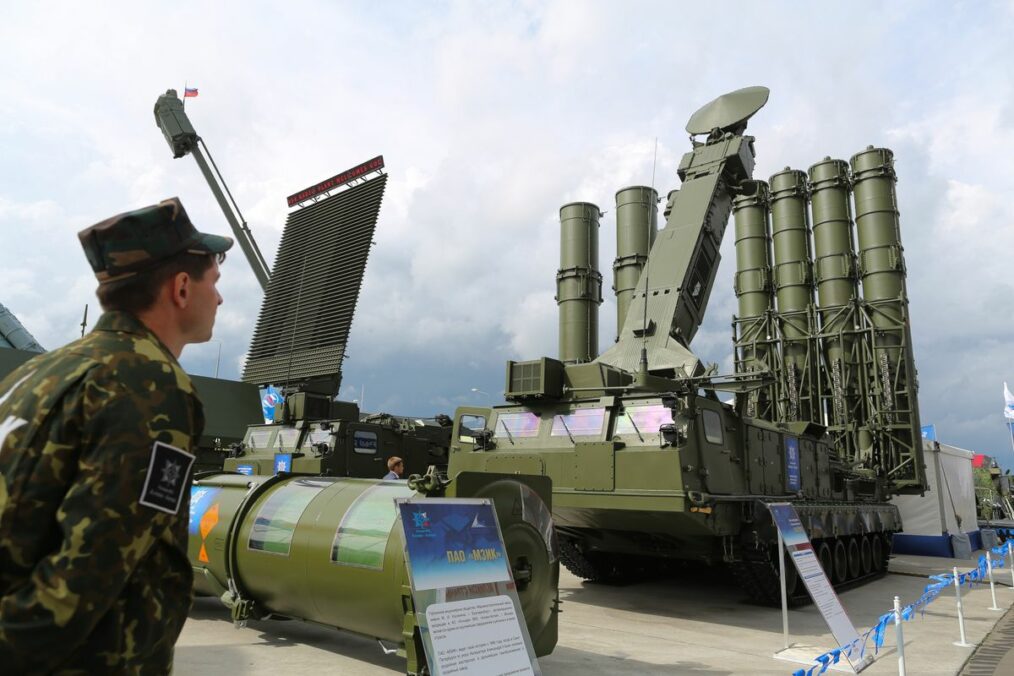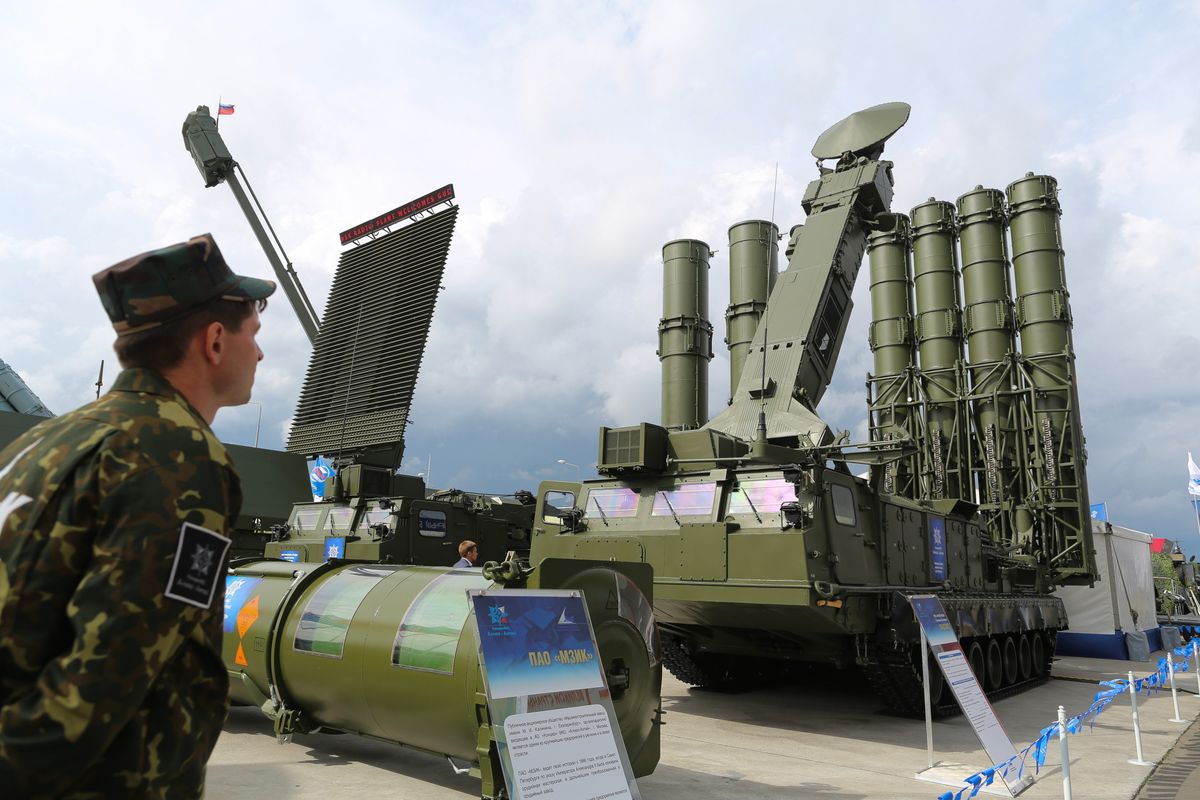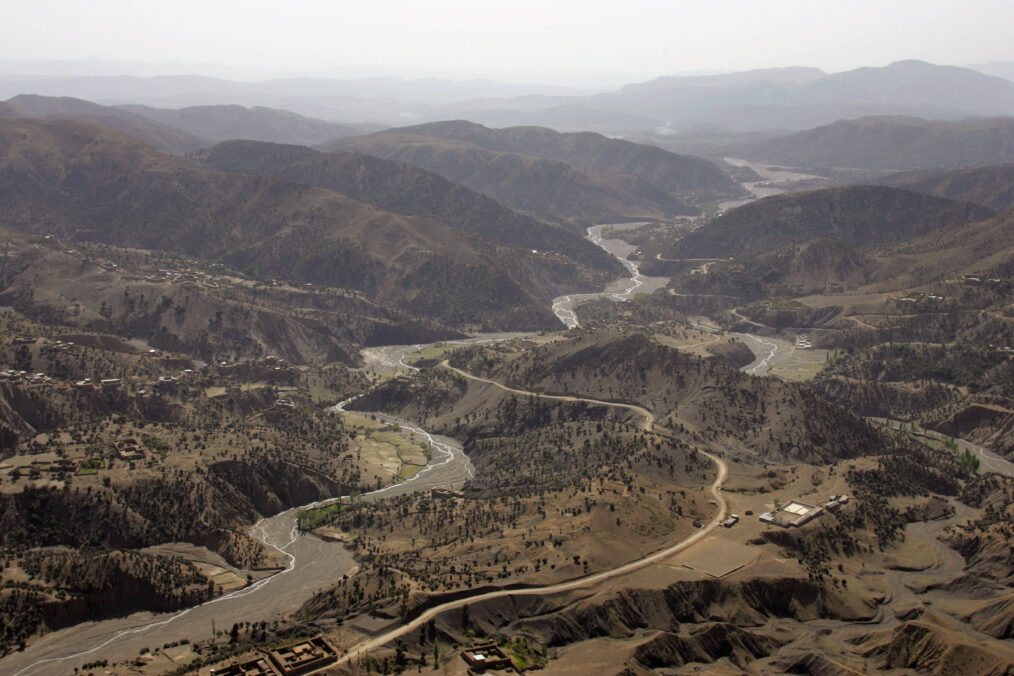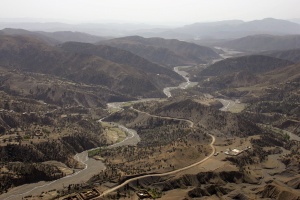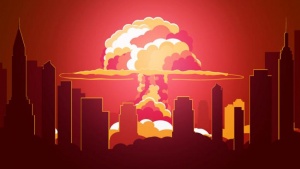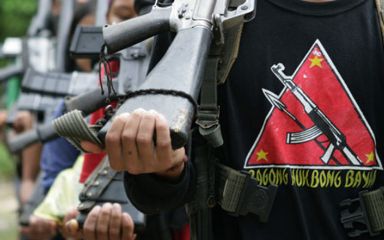
One of the regions people don’t usually think of related to extremism is Southeast Asia. Yet, extremism is prevalent there, and like many other types of extremism, it is rooted in religious and ethnic challenges. In this series of articles, I will provide an overview of extremism in Southeast Asia, starting with Thailand.
When people talk about Thailand, they often think about peaceful beaches, Buddhism, and even rice fields. Although these images are real, Thailand is a religious and ethnically diverse country, which has led to some security challenges, particularly in Southern Thailand.
By the 1990s, more violent organizations like Patani Islamic Mujahideen Movement and Islamic Front for the Liberation of Patani were founded and vying for power
According to the US State Department, 10% of the Thai population is Muslim, with most of the Thai Muslims living in Southern Thailand. Starting in the 1990s, the 3 provinces in southern Thailand—Pattani, Yala, and Narathiwat, experienced violent ethnic and religious insurgency, with tensions escalating in recent years. These 3 provinces are predominately Malay Muslims residents, who share a different religious culture than the rest of Thailand. Beyond religion, the Pattani province was originally an independent Sultanate, conquered by Thailand in the 1700s, creating long-standing political tension.
The historical, religious, and ethnic tensions between Malays and Thai were further heightened as Southern Thailand was left behind in economic development creating yet another division. Separatist groups from all three provinces share one goal —an Islamic Malay state centered in Patani.
The 1960s saw the founding of the Malay separatist movement in Thailand, with the National Revolution Front and the Patani United Liberation Organization. These early organizations were peaceful groups that sought Patani independence. However, as the situation on the ground remained difficult for the people in Southern Thailand, the organizations became more extreme. By the 1990s, more violent organizations like Patani Islamic Mujahideen Movement and Islamic Front for the Liberation of Patani were founded. In no time flat, they were competing for power. Although these organizations were new and relatively weak compared to the earlier organizations, they chose to launch terrorist attacks to quickly build their profile and relative power.
In the beginning, the attacks were all targeted toward Thai government officials, police, teachers, and other establishment individuals. However, starting in 2004, the violence escalated, with a January armory raid in which 364 weapons were stolen. Many of the weapons were M16 rifles. Later that year, separatist groups attacked 11 military and police facilities in southern Thailand to steal additional weapons. During this time, the extremist organizations also attacked the Buddhist population in the Southern provinces, killing two elder monks in Yala. Additionally, from June 27 to July 5, 2004, five bomb attacks destroyed Buddhist-owned rubber plantations in Yala. These extremist groups were purposefully driving tensions and divisions between Malays and Thais in the region.
Starting in 2004, there was a rising number of attacks and casualties
The violence continues today. According to ACLED, there were already 72 incidents in 2018. In September this year, attackers hit an army patrol in Pattani, killing two soldiers and wounding four others. While earlier in the year in Yala, separatists launched a bomb attack on a market, killing 3 and injuring 24. These endless attacks lead to high casualties and continued distrust across religious and ethnic lines. According to the Bangkok Post, from 2004 to 2015, extremist insurgency groups killed more than 6,500 people, with Muslims the majority of those killed.
There are three trends that suggest rising conflict in the region. First, the number and intensity of violent attacks are increasing. The extremist groups have become more experienced with attack tactics, and thus more deadly. Under the attacks in the 1990s, the separatists were limited in scope. However, as noted, starting in 2004, there was a rising number of attacks and casualties. The groups became more sophisticated and knew where the weak points of the government were and where they could most easily obtain weapons. The attacks on military facilities in 2004 is direct proof.
The proposal included the introduction of Islamic law in the region, teaching Malay in school, and providing more religious freedom
Second, the groups were becoming more connected with other outside extremist organizations in Southeast Asia, such as Jemaah Islamiyah. These groups provided training, tactical, and financial support. Officials believe Jemaah Islamiyah is behind some of the attacks. Additionally, the groups have become more extreme in ideology. The separatist groups initially did not target other religions, but have moved beyond that mandate and have since 2004 targeted Buddhist temples, and even monks.
In response to the increasing violence, the Thai government has offered some solutions. In 2006, the National Reconciliation Commission, led by Anand Panyarachun, proposed a solution to the Southern insurgency. The proposal included the introduction of Islamic law in the region, teaching Malay in school, and providing more religious freedom. However, the Thai government rejected it. Prem Tinsulanonda, council member and former minister, said, “We cannot accept that [proposal] as we are Thai. The country is Thai and the language is Thai… We have to be proud to be Thai and have the Thai language as the sole national language.”
Currently, the 4th Army of Thailand is in the region and in charge of security, with more than 25,000 troops under their command. Outside of military presence, the Thai government has also tried to create a more inclusive policy to reduce violence. For example, the Thai government explained that the white in the national flag is not simply a representation of Buddhism, but a representation of all religions. Also, broadcast TV shows images of Malay people. More officially, peace talks between separatists and the Thai government began in 2013. Supporting these talks and the peace process, the Thai government also promoted a community-based program to reduce violence, which focused on the power of neighborhoods to report violent actions. The program has allowed for faster response to such violence.
The separatist’s goal remains the formation of a sovereign Southern Thailand. The Thai government has welcomed talks under the structure of the current Thai constitution. Thus, an independent Southern Thailand is still far away.



